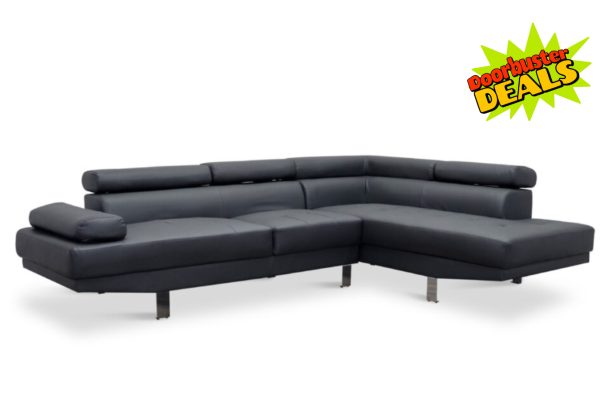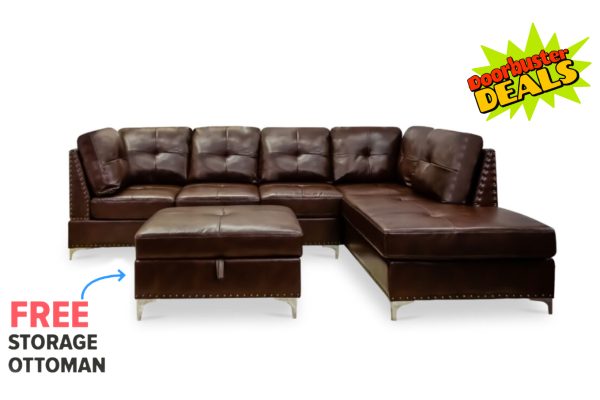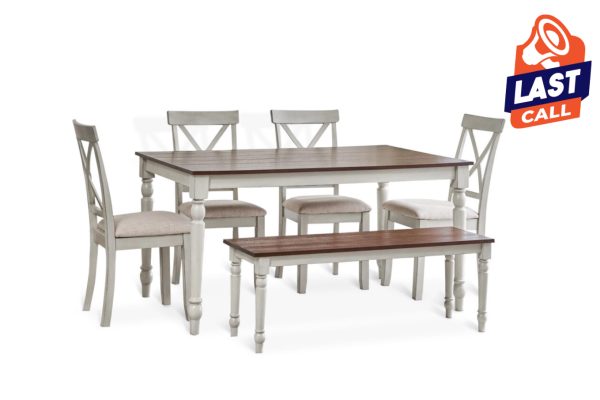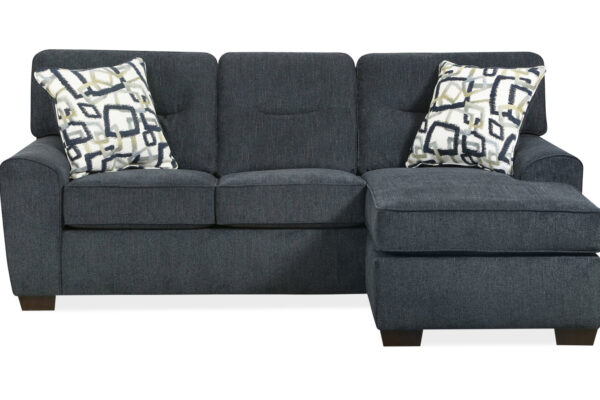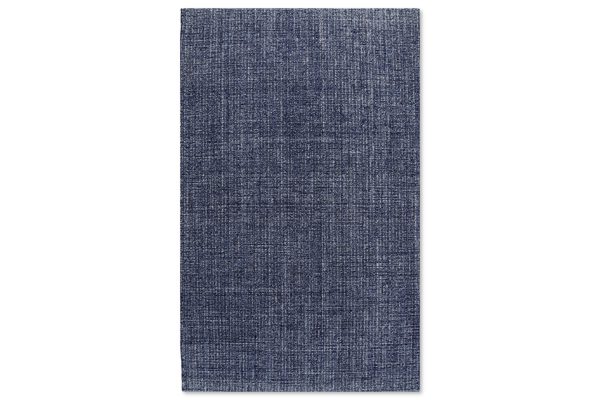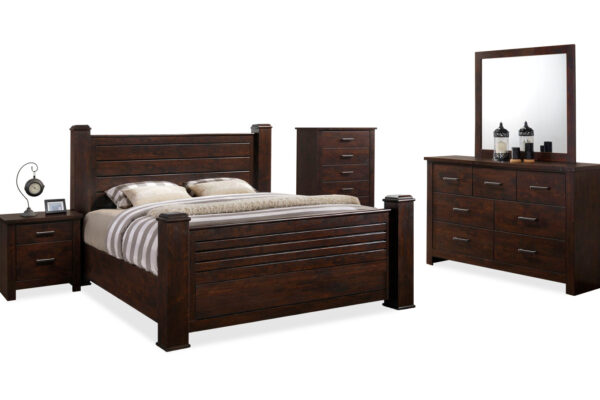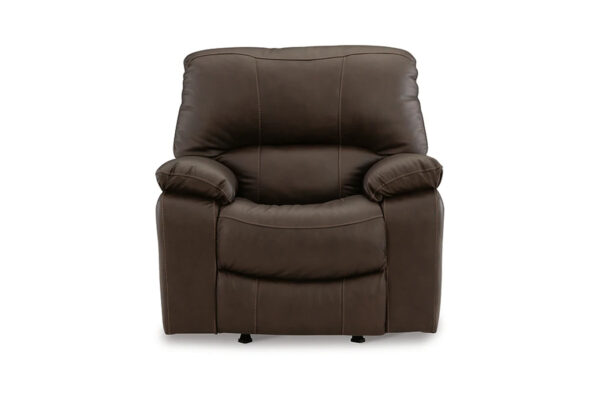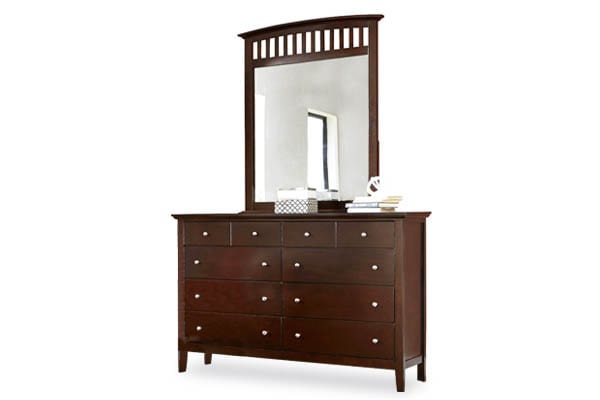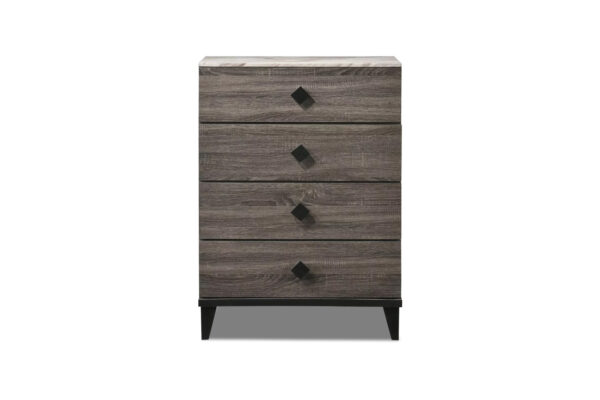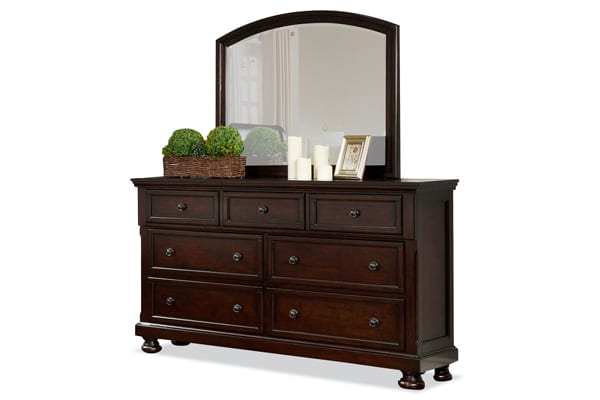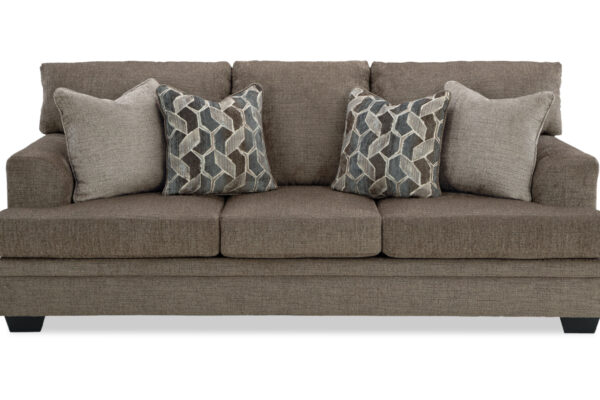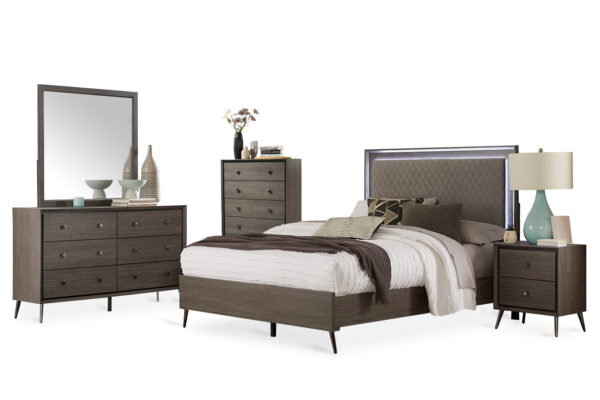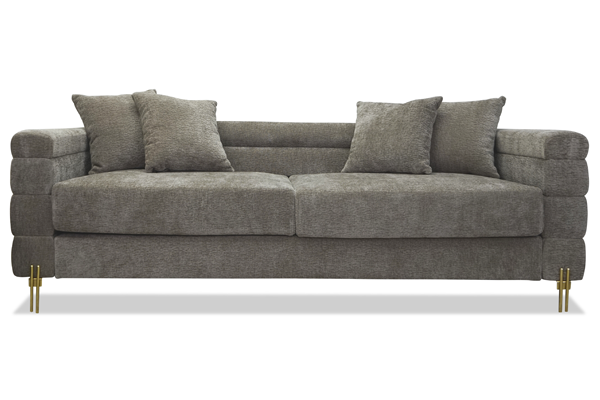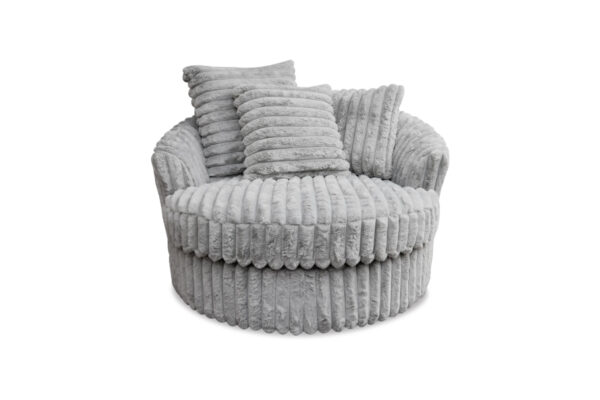Upholstery Cleaning Basics: How to Clean Furniture Like a Pro
Upholstered furniture items have a special place in our homes. While they add comfort and charm, they also require a bit of extra care due to their delicate nature. Whether it’s your plush sofa serving as a family gathering spot or those comfy chairs perfect for lounging, upholstered items endure plenty of wear and tear. Not to mention, they collect dust, stains, and odors over time, making upholstery cleaning essential for keeping them looking fresh.
So, how can we ensure our beloved upholstered furniture stands the test of time? Here are some must-know upholstery cleaning basics to help you maintain your pieces like a professional.
Know Your Fabrics Upholstery Cleaning Codes

You might not know it, but your upholstered furniture comes with handy cleaning instructions tucked away as an alphabetical code. These labels are usually found under the cushions or at the base of the furniture. They can guide your upholstery cleaning efforts in the safest way possible.
Understanding your fabric type and its corresponding cleaning code can make the cleaning process a lot simpler and more effective. Moreover, you can also prevent any mishaps like permanent stains or discoloration caused by using the wrong products or techniques. Here’s a quick breakdown of the common upholstery cleaning codes you might encounter:
- W: Water-based cleaners only. This is ideal for tougher synthetic fabrics like microfiber or polyester. Consider using mild dish soap, upholstery shampoo, or even a steam cleaner.
- S: Solvent-based cleaners only. Fabrics like wool or certain velvet blends fall into this category, which means no water! Instead, use dry-cleaning solvents to keep these materials looking their best.
- WS: Safe for both water and solvent-based cleaners. This versatile code often appears on blended fabrics, like cotton-polyester mixes, making spot cleaning and regular maintenance a breeze.
- X: Delicate fabrics that can’t handle water or solvents. Think silk, untreated cotton, or certain wools, which only require gentle vacuuming or brushing to maintain their beauty.
Vacuum Weekly to Remove Dust and Allergens
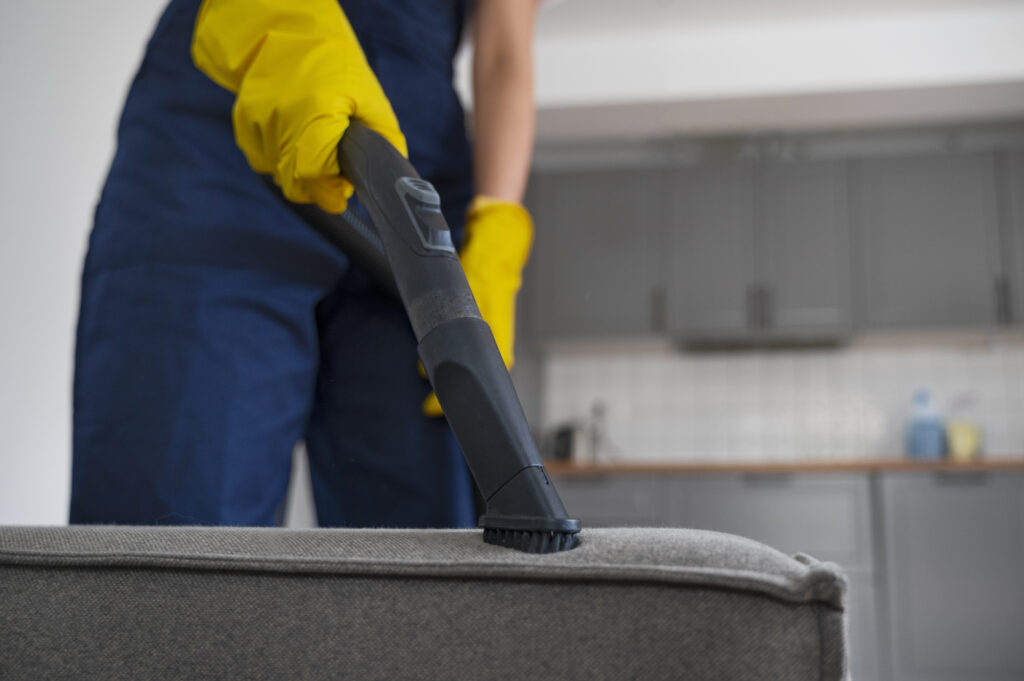
Vacuuming may seem like a chore, but it’s crucial for keeping your upholstered furniture looking fresh. Vacuuming is a non-negotiable part of your upholstery cleaning routine. Your couches and chairs might appear spotless, but they can easily collect dust, lint, and pet hair, which can only be removed with a good vacuum.
The ideal time to vacuum your furniture is once or twice a week. If you let it go too long, dirt, pet dander, and debris can become embedded in the fabric. This can lead to stains, odors, and even fabric deterioration. Be sure to vacuum every crevice and seam. Dirt doesn’t just sit on the surface; it loves to hide in those little folds and corners.
Furthermore, your vacuum technique also matters. We suggest using handheld, canister, or cordless vacuums for better control and quick touch-ups. And don’t forget about the attachments:
- Upholstery Brush: Choose one with soft bristles to gently lift dirt without harming the fabric fibers.
- Crevice Tool: Perfect for getting into corners, seams, and those tricky spots between cushions.
- Turbo Brush: If you share your home with pets, this tool is a game-changer for removing fur and lint.
Spot Clean Spills Immediately to Prevent Stains
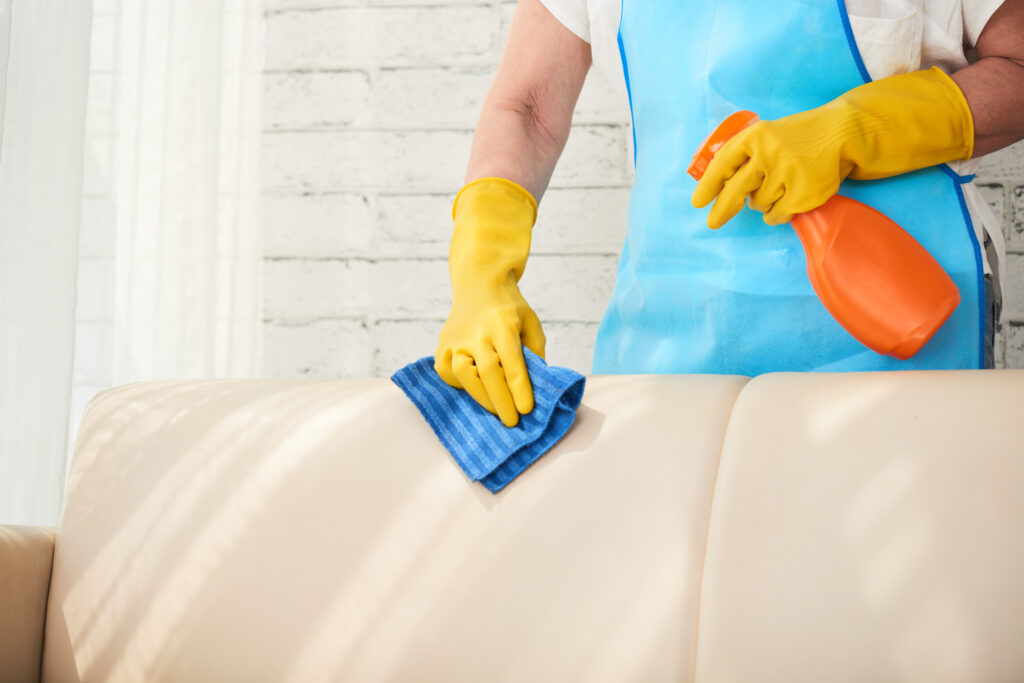
Tackling spills and stains right away is vital, especially in homes with kids or pets. Accidents happen, but how you respond can make all the difference. As soon as you notice a spill, resist the urge to rub at it. Instead, follow this golden rule of stain removal: blot, don’t rub.
Use a clean, dry microfiber towel or paper towel to gently blot the area, soaking up the spill. This simple action helps prevent the stain from getting pushed further into the fabric and worsening it. Moreover, understand that not all stains are equal, so the cleaning method can vary. Here’s a quick guide:
- Water-Based Stains ( juice, coffee, or soda): A simple solution of detergent or dish soap and water does the trick.
- For Oil-Based Stains (like butter or makeup): Sprinkle cornstarch or baking soda over the stain and let it sit for a bit. Once the oil is absorbed, vacuum off the powder and dampen a cloth with rubbing alcohol to dab the stain.
- For Ink Stains: Rubbing alcohol is your best friend. Dab a cotton ball in it, apply it to the stain, and let it sit for about 10 seconds. If the stain is stubborn, repeat until it lifts.
- For Sticky Stains (like gum or syrup): Ice cubes are surprisingly effective. They harden the substance, making it easier to scrape off with a plastic knife or card. Any remaining residue can usually be tackled with a dish soap solution.
Establish a Deep Upholstery Cleaning Routine

While it’s essential to vacuum and spot-clean your upholstery regularly, deep cleaning should be part of your routine as well. Think of it as a refreshing spa day for your furniture. Deep upholstery cleaning not only enhances hygiene but also preserves the overall integrity of the fabric.
Schedule a deep clean every three to six months, but the exact timing can vary based on how often you use your furniture. For example, if you’re not consistent with routine cleaning and maintenance, you might want to deep clean more frequently. Conversely, if your furniture is rarely used and is routinely vacuumed, you might not require deep cleaning sessions as often.
Remember to pay attention to the fabric care codes on your upholstered furniture when giving it a thorough clean. If you have fabrics labeled W or WS, which are water-friendly, steam cleaning is your best bet. This method lifts dust from deep within the fibers, eliminates accumulated bacteria, and banishes odors from dirt, sweat, or oils. On the other hand, fabrics with S or X codes require a bit more TLC. For this, consider hiring professional upholstery cleaning services to avoid any risk.
Take Necessary Measures to Minimize Wear

Regular and deep cleaning are important, but they’re not enough to maintain the integrity of the fabric. To truly extend the life of your upholstered furniture, it’s crucial to take a few extra precautions. It is necessary to guard your upholstery against fading and wear. After all, your upholstered pieces are significant investments, and keeping them looking their best is essential.
One big factor to watch out for is sunlight. Direct exposure to UV rays can cause fabric colors to fade over time, especially for bright or dark-colored upholstery. To protect from this, position your furniture away from windows and skylights. A UV protectant spray can also help shield your fabrics from harmful sunlight.
Another tip? Rotate and flip your cushions regularly. If you tend to gravitate towards one spot, those cushions can wear unevenly. By keeping them plump and well-distributed, you’ll prevent stretching and maintain the upholstery’s shape.
Additionally, for everyday protection, consider using slipcovers and wear-resistant armrests. These simple additions not only guard against spills and dust but also make your upholstery cleaning routine a breeze.



